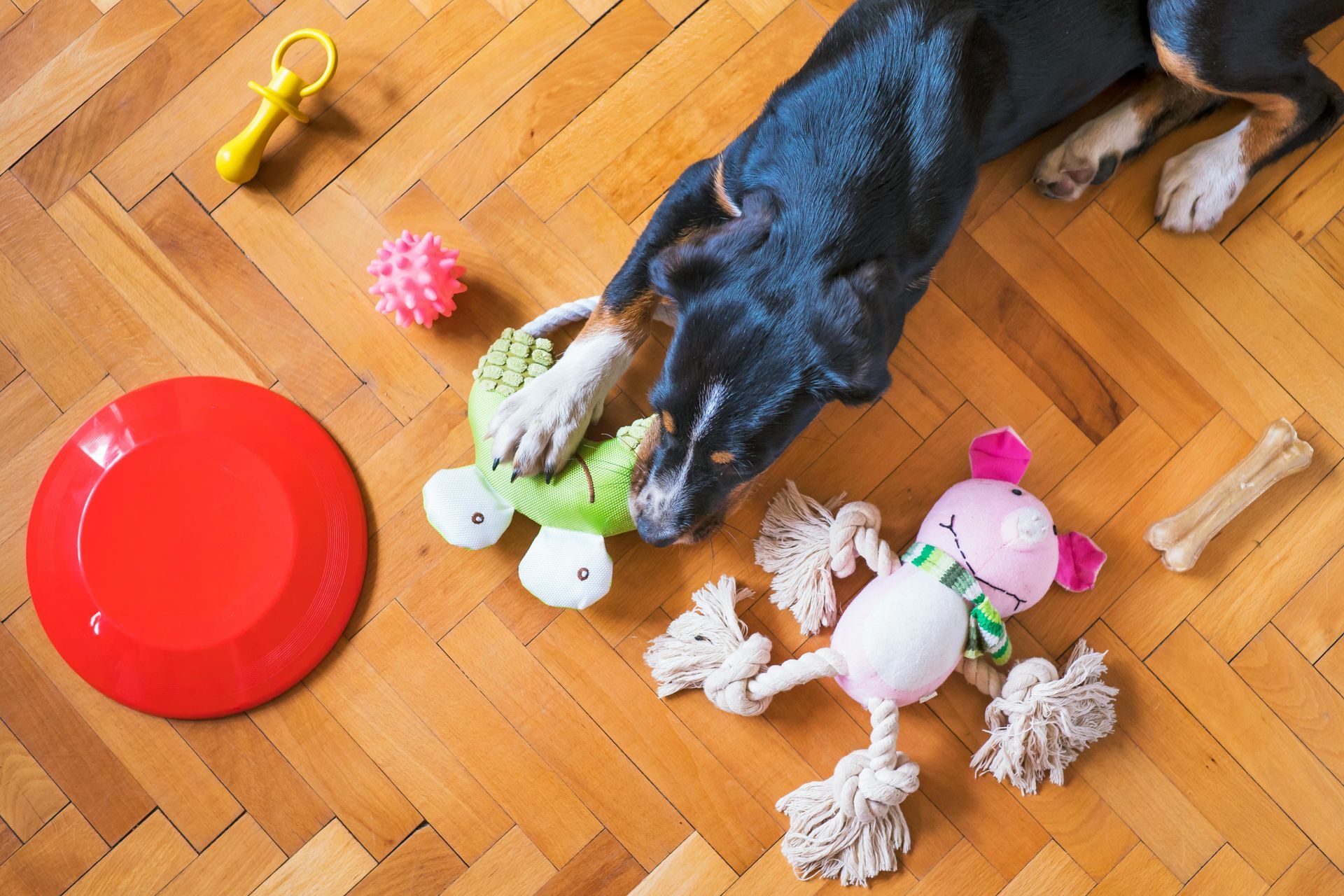The Basics
Simple steps to improve safety and support independent living at home.
No Cost Suggestions:
1. Get up slowly. Sit for a moment before standing to prevent dizziness.
2. Clear pathways. Remove excess furniture and decor that narrows paths to the bed or door.
3. Declutter. Ensure easy access to frequently used items and remove anything that is unnecessary. Nightstands should be clutter-free, with everything easy to reach.
4. Remove throw rugs. Throw rugs tend to bunch and curl at the edges causing a tripping hazard. If you must use a rug, choose low-profile rugs with non-slip backing. Consider a bedside fall mat if that is a particular concern for you.
5. Consider your pets. Remove all pet toys and loose pet accessories from the bedroom. Give pets their own space in another room at night and shut the bedroom door or use a gate at night to prevent surprise visits from your pet. - OK, OK, OK we know some of you love snuggling with your pet in bed at night, just be careful. Pets can be a serious tripping hazard in the dark.
Low Cost Ideas:
6. Upgrade slippers. Opt for non-slip bedroom slippers with a secure fit, especially when walking from carpeted to smooth surfaces. Check out our blog about shoes to see on some great slipper options.
7. Use appropriate lighting. Avoid walking in the dark. Using touch lamps and night lights makes it easier to operate in low visibility. Check out our blog on lighting for some bright ideas on lighting.
8. Secure cords. Cords from lamps and devices always seem to find their way uinderfoot. Use cord organizers or adhesive clips to route them along walls. Check out our blog on managing cords to straighten this problem out.
9. Ease bed transitions. Make sure it’s easy to get in and out without climbing or dropping, consider bed rails or assist handles. If the mattress height can not be adjusted, consider bedside step stool with handles to get in and out of bed.
10. Use an intercom. To communicate with loved ones in another room at anytime, it helps to have a speaker operating in the bedroom. Smart speakers and monitors work great and are easy to use.
11. Don’t forget the closet. Store wisely, no bending into deep drawers or stretching for top-shelf bins. Hand things on hooks and hangers that are easy to reach. Consider raised storage bins and drawers for easy access.
Do These If You Can:
12. Check flooring regularly. Have a professional repair or replace loose planks or wrinkled carpet.
13. Use sturdy chairs. If you sit to dress, opt for a secure chair, not a wobbly vanity stool.
14. Move your bedroom. Move the primary bedroom to the first floor to avoid stairs and improve the ease of getting around the house.
15. Hire professional services. For dependable and routine cleaning, considering hiring a cleaning service.




















